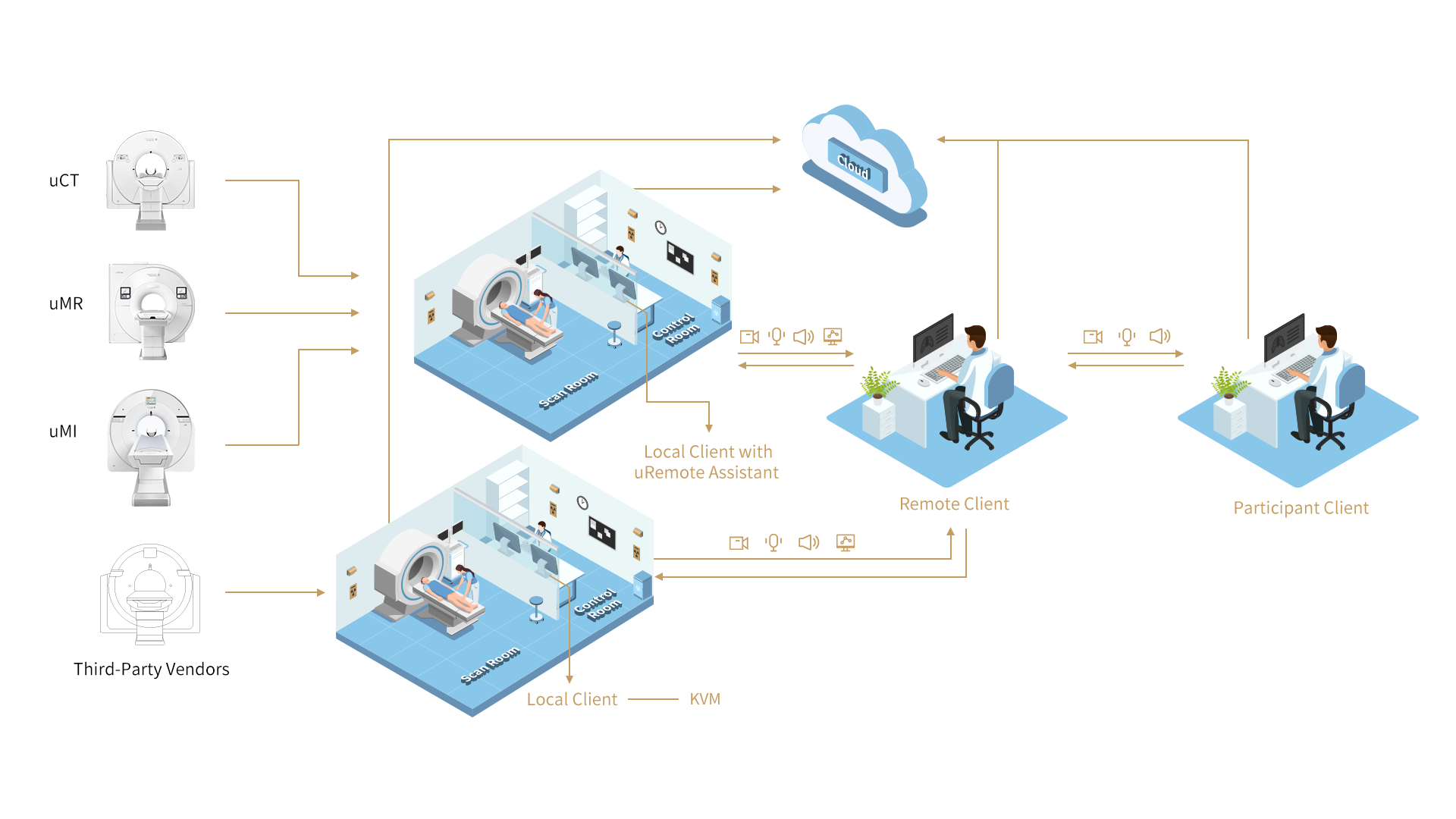Key Challenges in Today's Medical Imaging Service


The global population aged 60 years and older is projected to double by 2050, reaching approximately 2.1 billion.1

The radiographer vacancy rate increased from 6.2% in 2021 to 18.1% in 2023.2

50% of technologists reported feeling exhausted and underappreciated.3

The average waiting time for an MRI scan in North America is between 65 and 105 days.4











